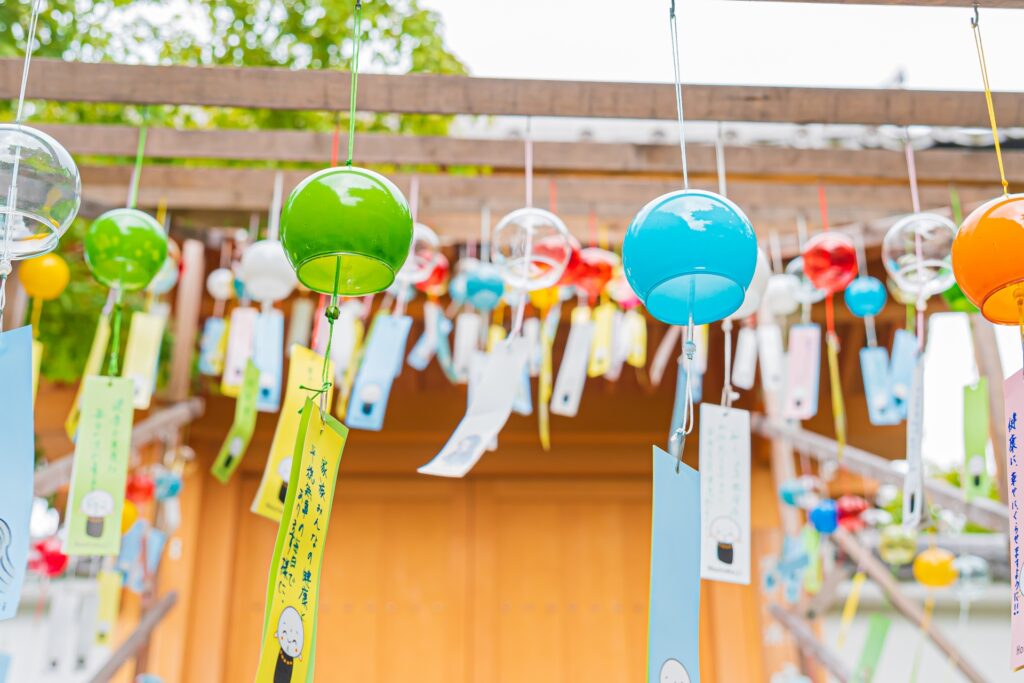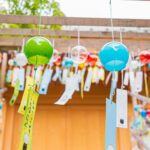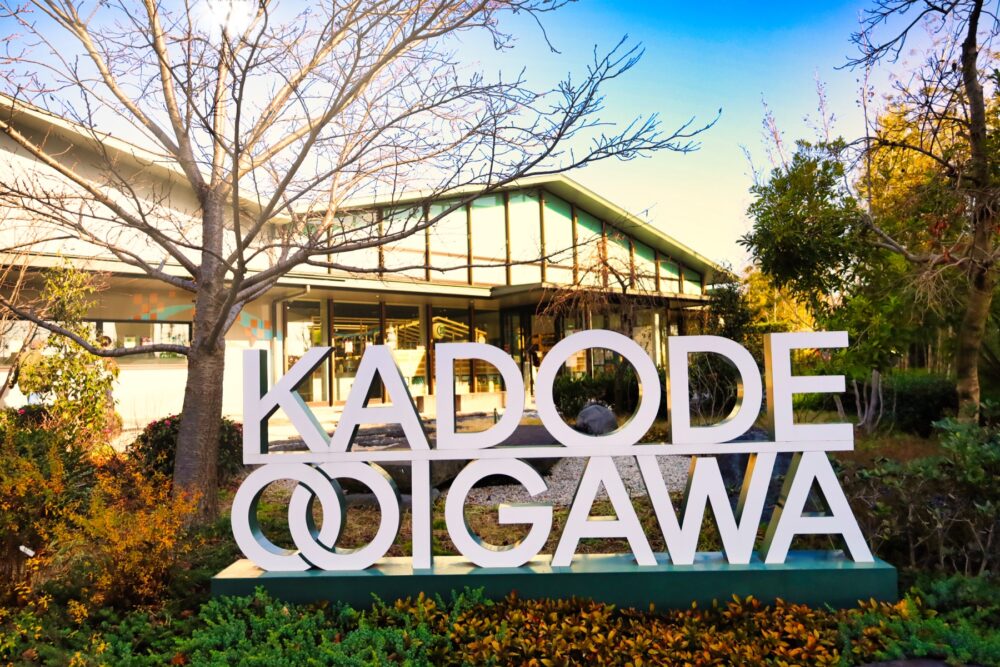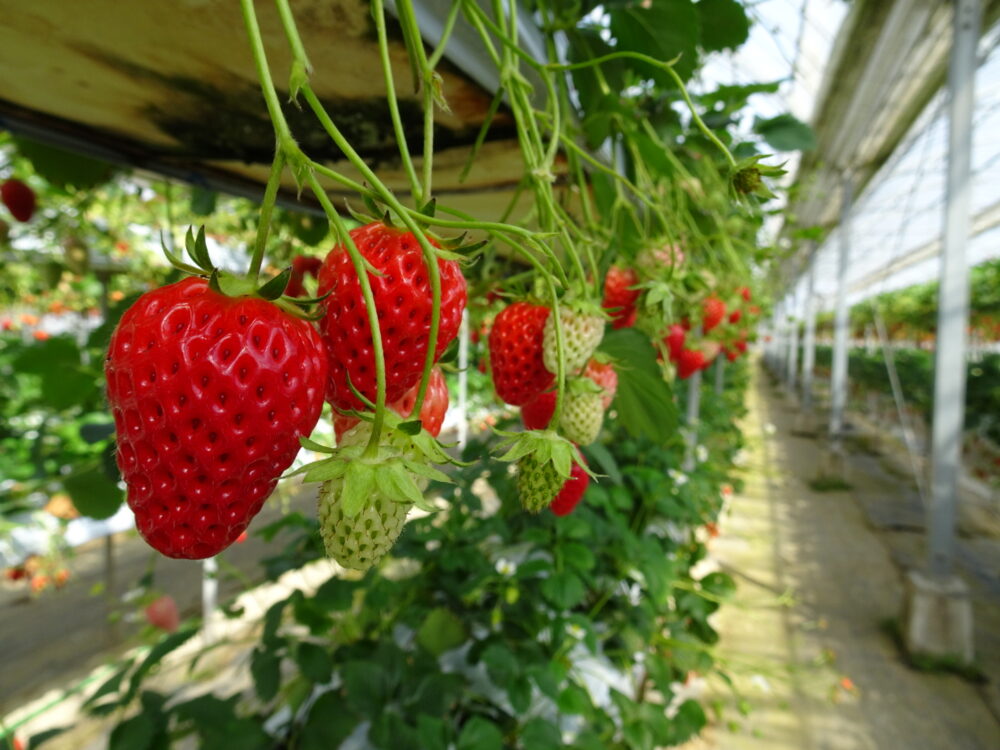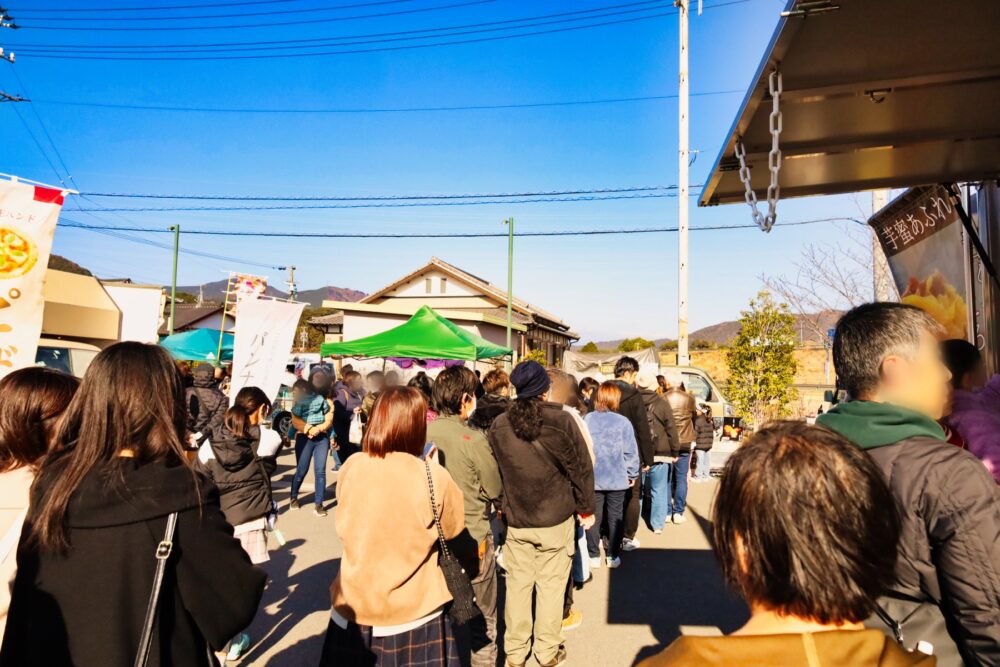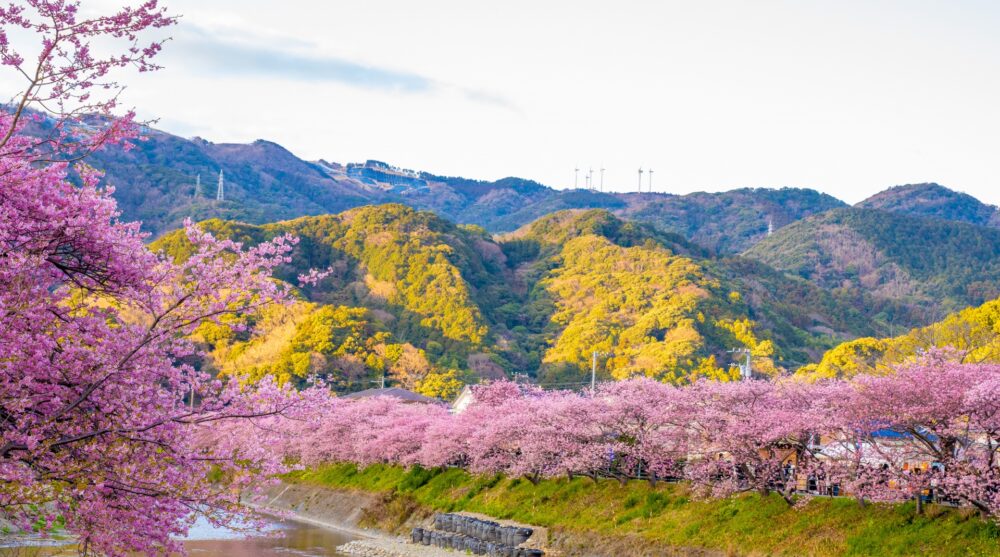With the warmer weather, we are now in the season of summer.
Wind chimes, which sway in the cool breeze and produce delicate tones, are known as one of Japan's traditional crafts.
To bring out the best of its charm, Enshu Sanzan holds a grand wind-bell festival, where numerous wind-bell enthusiasts gather to enjoy a good time.
This article introduces the Enshu San San Wind Bell Festival.
Immerse yourself in the soothing tones of the wind chimes.
Table of Contents
ToggleEnshu San San Wind Bell Festival
The Enshu Sanzan Wind Bell Festival is an annual event held at three mountains in Fukuroi City: Houta-zan, Kamoisai, and Yuzanji.
During this festival, traditional Japanese wind chimes, or fǔrin, are hung around the temple grounds, swaying in the gentle breeze and creating a fantastic sound.
Origin of the wind chime
Wind bells are hung in temples to ward off evil spirits, and it is believed that no disaster will occur within hearing distance of the bells.
It is believed that these wind bells have the effect of purifying evil spirits and that no calamity can occur within the range where their tones resonate.
These wind bells are the origin of the wind chimes.
The three Enshu mountains (Houta-san, Yushan-ji, and Kamaisai), while cherishing this traditional culture, display wind chimes that are unique to each of the three, providing visitors with a moment of peace with their cool tones.
Location
Houtasan Hon'eiji Temple
Hottasan is a separate head temple of the Koyasan Shingon Sect, located in Fukuroi City, Shizuoka Prefecture, and known by the temple name Son'eiji.
There is a "wishing wind chime" where you can hang a strip of paper with your wishes on the wind chime.
Yusanji Temple
Aburazan-ji Temple is a Buddhist temple located in Fukuroi City, Shizuoka Prefecture.
Its official name is Seiryuji Temple on Mt.
Aburazanji Temple belongs to the Myoshinji school of the Rinzai sect of Zen Buddhism and has a long history, dating back to the Kamakura period (1190 - 1199).
The temple is popularly known for its blessings for the eyes, feet and legs.
somnambulism
Kaisaisaisai is a temple with precincts covering an area of 100,000 tsubo (more than 10 times the size of the Tokyo Dome), 25 buildings, and 40 places of worship.
You can also experience vegetarian cuisine prepared by one of Japan's leading nokyoiza.
During the annual Wind Bell Festival, approximately 2,000 colorful Edo-style wind bells are hung along the "Wind Bell Path" from the temple gate to the main hall, creating a path of prayer where the cool sound of the wind bells refreshes the heart.
Holding period
The 2023 Wind Chime Festival is scheduled to run from Saturday, May 20 to Thursday, August 31.
*Refer to each website.
Access and other information
Houtasan Hon'eiji Temple
Address:2777 Toyosawa, Fukuroi-shi, Shizuoka 437-0032, Japan
Wind Bell Festival Location
Main Hall, Daishi Hall, Joson Hall, Mizuya, Dangoya East Plaza
*Nighttime lighting (18:00-21:00) will be held during the Firefly Festival (May 27 and 28, June 3 and 4).
Wishing wind chimes Fee 300 yen
Wind chime sales Fee 500 yen and up
oil mountain temple
Address: 1 Muramatsu, Fukuroi-shi, Shizuoka 437-0011, Japan
somnambulism
Address: 2915-1 Kunou, Fukuroi-shi, Shizuoka 437-0061
Akafuji wind chime viewing: 500 yen (with mizumazuki zenzai, limited quantity, Saturday, July 8 - Thursday, August 31)
Painted wind chimes: 500 yen (wind chime fee included)
If you wish to have wind chimes painted, there will be a separate charge for the painting materials.
summary
Finally, the Enshu San San Wind Bell Festival is a must-see for those who want to experience traditional Japanese culture.
Held every summer, the festival attracts many tourists from all over Japan.
At the festival, visitors can enjoy a variety of activities such as making wind chimes, eating local delicacies, and soaking up the lively atmosphere.
Why not visit one this summer?

